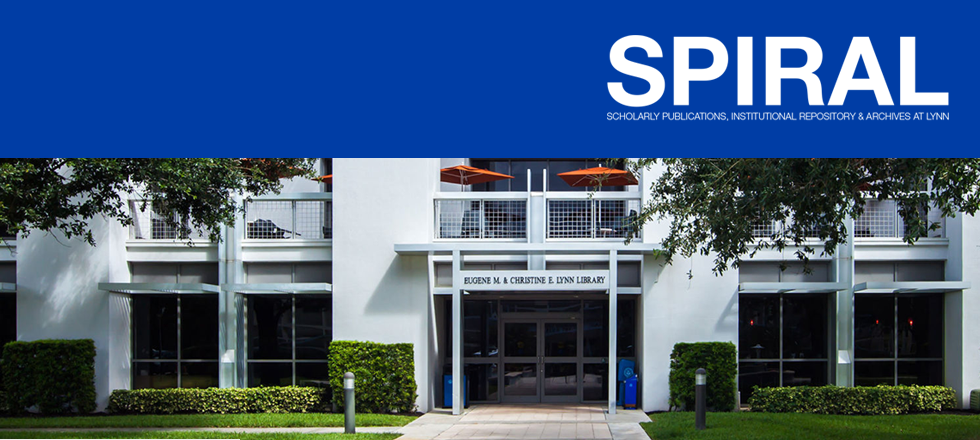The Application of Supported Liquid Extraction in the Analysis of Benzodiazepines Using Surface Enhanced Raman Spectroscopy
Document Type
Article
Publication Date
11-2015
Abstract
Benzodiazepines are among the most frequently prescribed medicines for anxiety disorders and are present in many toxicological screens. These drugs are often administered in the commission of drug facilitated sexual assaults due their effects on the central nervous system. Due to the potency of the drugs, only small amounts are usually given to victims; therefore, the target detection limit for these compounds in biological samples has been set at 50 ng/mL. Currently the standard screening method for detection of this class of drug is the immunoassay; however, screening methods that are more sensitive and selective than immunoassays are needed to encompass the wide range of structural variants of this class of compounds. Surface enhanced Raman spectroscopy (SERS) can be highly sensitive and has been shown to permit analysis of various benzodiazepines with limits of detection as low as 6 ng/mL. This technique permits analytical results in less than 2 min when used on pure drug samples. For biological samples, a key issue for analysis by SERS is removal of exogenous salts and matrix components. In this paper we examine supported liquid extraction as a useful preparation technique for SERS detection. Supported liquid extraction has many of the benefits of liquid-liquid extraction along with the ability to be automated. This technique provides a fast and clean extraction for benzodiazepines from urine at a pH of 5.0, and does not produce large quantities of solvent waste. To validate this procedure we have determined figures of merit and examined simulated urine samples prepared with commonly appearing interferences. It was shown that at a pH 5.0 many drugs that are prevalent in urine samples can be removed, permitting a selective detection of the benzodiazepine of interest. This technique has been shown to provide rapid (less than 20 min), sensitive, and specific detection of benzodiazepines with limits of detection between 32 and 600 ng/mL and dynamic range of 32-25,000 ng/mL. It provides the forensic community with a sensitive and specific screening technique for the detection of benzodiazepines in drug facilitated assault cases.
Publication
Talanta
Publisher
Elsevier
Volume
144
Issue
1
Pages
938-943
Department
College of Arts and Sciences
Publication History
Received 9 June 2015, Revised 10 July 2015, Accepted 11 July 2015, Available online 15 July 2015.
Recommended Citation
Doctor, E. L., & McCord, B. (2015). The application of supported liquid extraction in the analysis of benzodiazepines using surface enhanced Raman spectroscopy. Talanta, 144(1), 938–943. https://doi.org/10.1016/j.talanta.2015.07.036



Comments
Received 9 June 2015, Revised 10 July 2015, Accepted 11 July 2015, Available online 15 July 2015.